Nationality United States | Name Isaac Singer | |
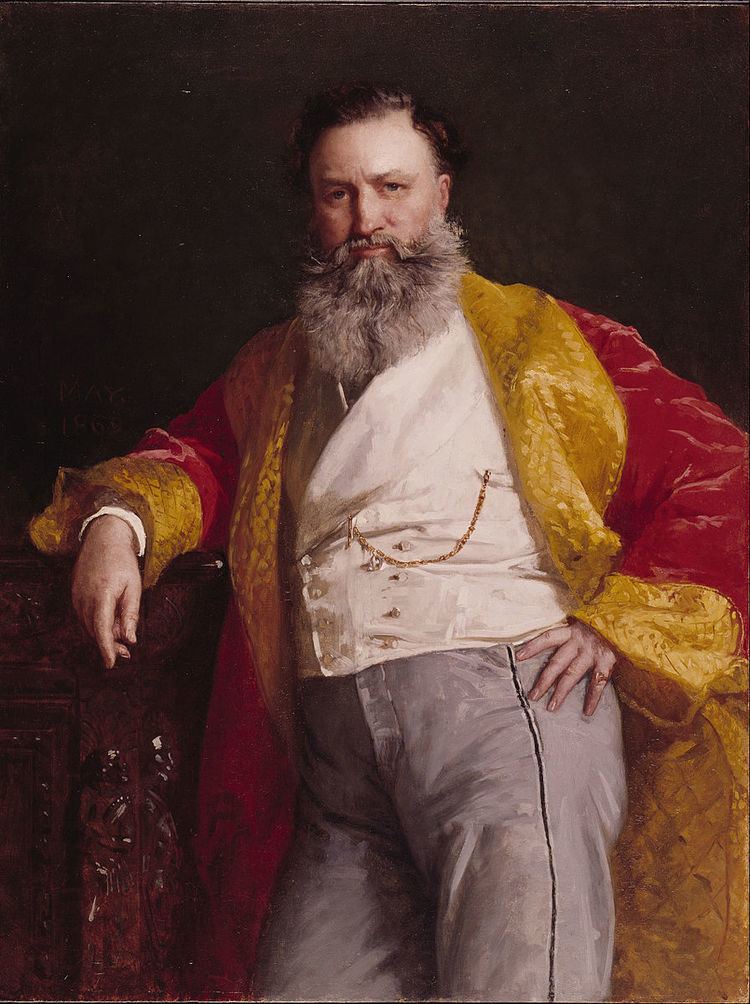 | ||
Full Name Isaac Merrit Singer Institution memberships | ||
Isaac singer bio essay apush
Isaac Merritt Singer (October 27, 1811 – July 23, 1875) was an American inventor, actor, and businessman. He made important improvements in the design of the sewing machine and was the founder of the Singer Sewing Machine Company. Many had patented sewing machines before Singer, but his success was based on the practicality of his machine, the ease with which it could be adapted to home use, and its availability on an installment payment basis. Singer fathered at least 24 children with various wives and mistresses.
Contents
- Isaac singer bio essay apush
- Creative quotations from isaac singer for jul 14
- First inventions
- I M Singer Co
- Family
- Final years in Europe
- Descendants
- References
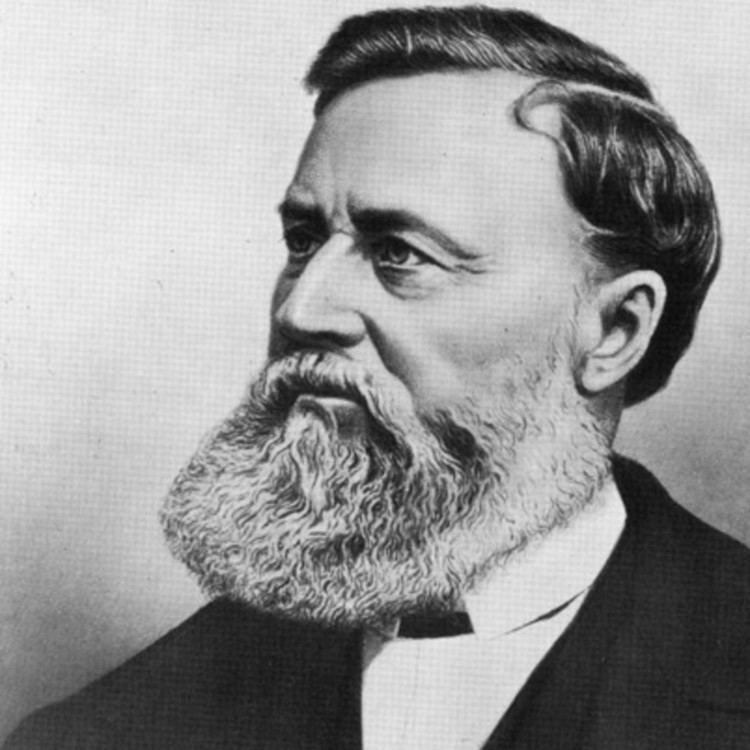
Creative quotations from isaac singer for jul 14
First inventions
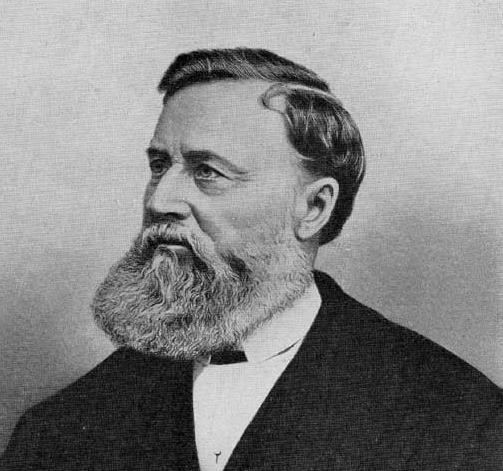
In 1839, Singer obtained his first patent, for a machine to drill rock, selling it for $2,000 (or $45 thousand in today's dollars) to the I & M Canal Building Company. With this financial success, he opted to return to his career as an actor. He went on tour, forming a troupe known as the "Merritt Players", appearing onstage under the name "Isaac Merritt", with Mary Ann also appearing onstage, calling herself "Mrs. Merritt". The tour lasted about five years He developed and patented a "machine for carving wood and metal" on April 10, 1849.

At 38, with Mary Ann and eight children, he packed up his family and moved back to New York City, hoping to market his wood-block cutting machine there. He obtained an advance to build a working prototype, and constructed one in the shop of A. B. Taylor & Co. Here he met G. B. Zieber, who became Singer's financier and partner. However, not long after the machine was built, the steam boiler blew up at the shop, destroying the prototype. Zieber persuaded Singer to make a new start in Boston, a center of the printing trade. Singer went to Boston in 1850 to display his invention at the machine shop of Orson C. Phelps. Orders for Singer's wood cutting machine were not, however, forthcoming.
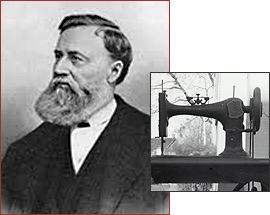
Lerow & Blodgett sewing machines were being constructed and repaired in Phelps' shop. Phelps asked Singer to look at the sewing machines, which were difficult to use and produce. Singer concluded that the sewing machine would be more reliable if the shuttle moved in a straight line rather than a circle, with a straight rather than a curved needle. Singer was able to obtain US Patent number 8294 for his improvements on August 12, 1851.
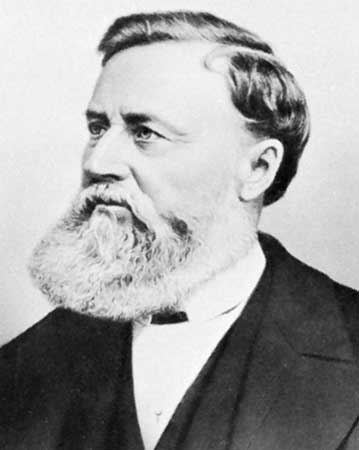
Singer's prototype sewing machine became the first to work in a practical way. It could sew 900 stitches per minute, far better than the 40 of an accomplished seamstress on simple work.
I. M. Singer & Co
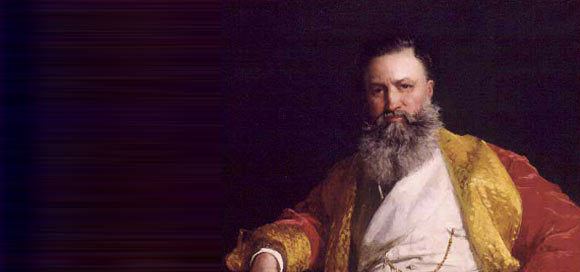
In 1856, manufacturers Grover & Baker, Singer, Wheeler & Wilson, all accusing each other of patent infringement, met in Albany, New York to pursue their suits. Orlando B. Potter, a lawyer and president of the Grover and Baker Company, proposed that, rather than squander their profits on litigation, they pool their patents. This was the first patent pool, a process which enables the production of complicated machines without legal battles over patent rights. They agreed to form the Sewing Machine Combination, but for this to be of any use, they had to secure the cooperation of Elias Howe, who still held certain vital uncontested patents. Terms were arranged; Howe received a royalty on every sewing machine manufactured.
Sewing machines began to be mass-produced. I. M. Singer & Co manufactured 2,564 machines in 1856, and 13,000 in 1860 at a new plant on Mott Street in New York. Later, a massive plant was built near Elizabeth, New Jersey.
Up to then, sewing machines had been industrial machines, made for garments, shoes, bridles and for tailors, but in 1856, smaller machines began to be marketed for home use. However, at the then enormous price of over $100, few sold. Singer invested heavily in mass production utilizing the concept of interchangeable parts developed by Samuel Colt and Eli Whitney for their firearms. He was able to cut the price in half, while at the same time increasing his profit margin by 530%. Singer was the first who put a family machine, "the turtle back", on the market. Eventually, the price came down to $10. According to PBS, "His partner, Edward Cabot Clark, pioneered installment purchasing plans and accepted trade-ins, causing sales to soar."
I. M. Singer expanded into the European market, establishing a factory in Clydebank, near Glasgow, controlled by the parent company, becoming one of the first American-based multinational corporations, with agencies in Paris and Rio de Janeiro.
Family
Singer was one of six children born to Adam Singer (1772–1855) and his wife Ruth, née Benson. Isaac's siblings were John Valentine Singer (1791–1877), Alexander, Elizabeth (Singer) Colby (1801–1872), Christiana (Singer) Cleveland (1804–1887), and Elijah Singer (1813–1860). His parents divorced in 1821, and Isaac ran away from home a year later, at the age of 11, to join a traveling stage act.
In 1830, he married Catherine Maria Haley (1815–1884). The couple had two children; William (1834–1914) and Lillian (1841–1912). In 1860, he divorced Catherine on the basis of her adultery with Stephen Kent.
William Singer was, by his marriage to Sarah Singer Webb, a brother-in-law of William Seward Webb (1851–1926) and his wife Eliza Osgood Vanderbilt Webb (1860–1936). William's daughter, Florence Singer married into European nobility, to become Countess van Dyhrn).
Ever unfaithful, Singer began an affair with Mary Ann Sponsler (b. 1818), in 1836, while still married to Catherine. They had 10 children; Isaac Augustus Singer (27 July 1837 – 25 September 1902), Vouletti Theresa (Singer) Proctor (4 January 1840 – 14 December 1913), John Albert Singer, Fanny Elizabeth Singer, Jasper Hamlet Singer, Mary Olivia Singer (1848–1900), Julia Ann Singer, Caroline Virginia Singer, and two others who died at birth.
Financial success allowed Singer to buy a mansion on Fifth Avenue, into which he moved his second family. He continued to live with Mary Ann, until she spotted him driving down Fifth Avenue seated beside Mary McGonigal, an employee, about whom Mary Ann already had suspicions. By this time, McGonigal had borne Singer five children, who used the surname Matthews; Florence L., Mary, Charles A., and two others who died at birth. Mary Ann, still calling herself Mrs. I. M. Singer, had her husband arrested for bigamy. Singer was let out on bond and, disgraced, fled to London in 1862, taking Mary McGonigal with him.
In the aftermath, another of Isaac's families was discovered: he had a "wife," Mary Eastwood Walters, and daughter, Alice Eastwood Walters, in Lower Manhattan, who had adopted the surname "Merritt." By 1860, Isaac had fathered and acknowledged eighteen children, sixteen of them still then living, by four women.
With Isaac in London, Mary Ann began setting about securing a financial claim to his assets by filing documents detailing his infidelities, claiming that, though she had never been formally married to Isaac, they were wed under Common Law by living together for seven months after Isaac had been divorced from his first wife Catherine. Eventually a settlement was made, but no divorce was granted. However, she asserted that she was free to marry, and indeed married John E. Foster.
Isaac, meanwhile, had renewed acquaintance with Isabella Eugenie Boyer, a Frenchwoman he had lived with in Paris when he was staying there in 1860. She left her husband and married Isaac under the name of Isabella Eugenie Sommerville, on June 13, 1863, while she was pregnant. They had six children; Sir Adam Mortimer Singer (b. 25 July 1863), Winnaretta Eugenie Singer (1865–1943), Washington Merritt Grant Singer (1866–1934), Paris Eugene Singer (1867–1932), Isabelle-Blanche Singer (1869–1896), and Franklin Merritt Morse Singer (12 February 1870 – 12 August 1939).
Final years in Europe
In 1863, I. M. Singer & Co. was dissolved by mutual consent; the business continued as "The Singer Manufacturing Company," in 1887.
In 1871, Singer purchased an estate in Paignton, Devon, England. He commissioned Oldway Mansion as his private residence; it was rebuilt by his third son, Paris Singer, in the style of the Palace of Versailles.
Descendants
His son Paris Eugene Singer (b. Paris, 20 February 1867; d. London, 24 June 1932), was married to Cecilia Henrietta Augusta ("Lillie") Graham (b. Perth Australia, 6 June 1867; d. Paignton, 7 March 1951). Paris had a son with Isadora Duncan, Patrick Singer, who died in 1913 in a drowning accident while a small child.
His daughter Isabelle-Blanche Singer (1869–1896), was married in 1888 to French aristocrat Jean, Duc Decazes et de Glücksbierg.
His grandchildren include Daisy Fellowes, Mortimer Merritt Singer (b. New York City, ~1870; d. New York City ~1960, age 92), Herbert Monrose Singer (b. Paignton, 22 June 1888; d. London, 3 November 1941), Cecil Mortimer Singer (b. London, 16 July 1889; d. New York, 28 January 1954), Paris Graham Singer (b. ?; d. ?), and Georges Farquar Singer (b. London, 28 February 1892; d. Daytona Beach, Florida, 19 July 1955).
His daughter Winnaretta Singer, otherwise known as the Princess de Polignac, was married twice, and was a vital patron of 20th-century music. She held open salons at her house in Paris that were frequented by famous people including Marcel Proust, and where the wealthy encountered new musicians, including Debussy. She left a legacy in the Singer-Polignac foundation that helped young musicians.
